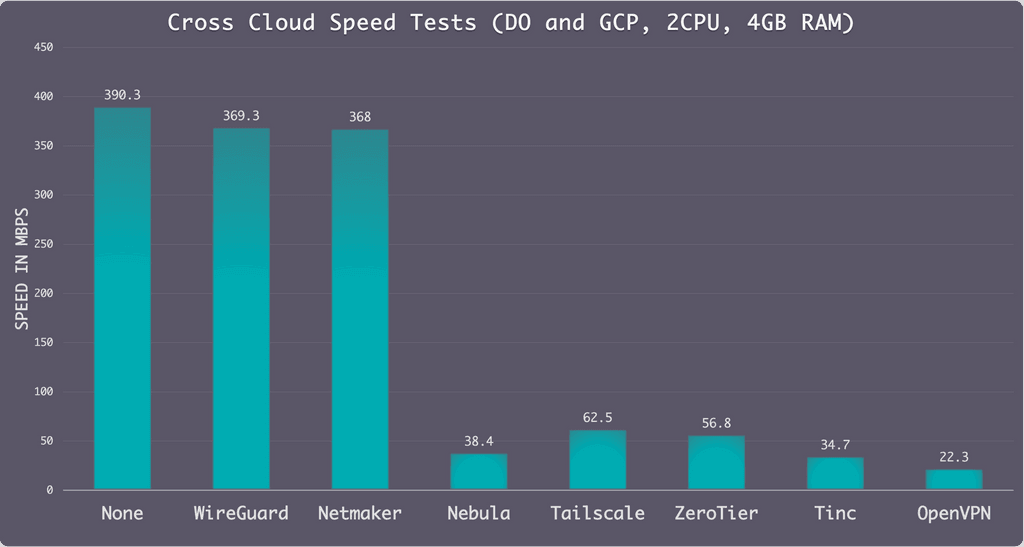Hi everyone,
I saw a post yesterday on Reddit showing how to use the Google Cloud free tier to run Uptime Kuma. One of the alternatives for free hosting mentioned in the post was fly.io and since their tooling intrigued me I have since then started hosting Uptime Kuma on their platform (combined with notifications through Telegram to be as independent from my own infrastructure as possible).
Their free tier includes a vm to run own code or a docker container along with 1cpu and 256mb of ram. this can be coupled with a persistent storage volume of 3gb, so plenty of resources for Uptime Kuma. In addition to this they allow usage of own domain names so you can have your status page at https://status.mydomain.com instead of on one of their subdomains.
All you need is the following toml file to deploy the Uptime Kuma container on fly.io:
# fly.toml file generated for mykuma
app = "mykuma"
kill_signal = "SIGINT"
kill_timeout = 5
processes = []
[build]
image = "louislam/uptime-kuma:1"
[mounts]
source="kuma"
destination="/app/data"
[env]
PORT = "8080"
[experimental]
allowed_public_ports = []
auto_rollback = true
[[services]]
http_checks = []
internal_port = 8080
processes = ["app"]
protocol = "tcp"
script_checks = []
[services.concurrency]
hard_limit = 25
soft_limit = 20
type = "connections"
[[services.ports]]
force_https = true
handlers = ["http"]
port = 80
[[services.ports]]
handlers = ["tls", "http"]
port = 443
[[services.tcp_checks]]
grace_period = "1s"
interval = "15s"
restart_limit = 0
timeout = "2s"
The configuration refers to a volume called "kuma", which needs to be created before the app can be deployed by running flyctl volumes create kuma.
I have written a bit more in detail about on on my blog: https://blog.9wd.eu/posts/flyio/ (first draft status, may need refinement)

 automation from homelab to enterprise
automation from homelab to enterprise ️ WireGuard Networks
️ WireGuard Networks 

